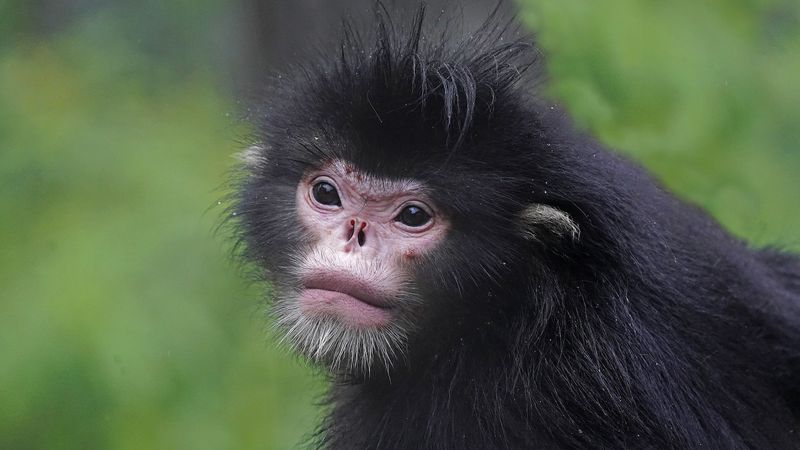Infrared cameras recently recorded 71 wild animal species in the Lushui section of the Gaoligongshan National Nature Reserve in southwest China's Yunnan Province. The footage tracked the movement of 33 mammal species and 38 bird species, underlining the region's rich biodiversity.
Among the highlights were critically endangered Myanmar snub-nosed monkeys, endangered red pandas, Assam macaques, Lady Amherst's pheasants and silver pheasants. These images showcase the reserve's thriving wildlife and the impact of conservation efforts to protect rare species.
Often hailed as the world species gene bank and the world museum of nature, the Gaoligong Mountains span a mosaic of ecosystems from subtropical forests to alpine meadows. According to the reserve's Lushui management and conservation branch, continuous monitoring through infrared technology is key to safeguarding habitats and guiding future protection strategies.
Data snapshot:
- 71 total species captured
- 33 mammals and 38 birds
- Key species: Myanmar snub-nosed monkey, red panda, Assam macaque, Lady Amherst's pheasant, silver pheasant
For young global citizens, tech enthusiasts and nature lovers alike, these findings are a reminder of how innovation like infrared surveillance can boost conservation. By making wildlife visible without disturbing it, infrared cameras offer a powerful tool for researchers and policymakers to track populations and protect biodiversity hotspots worldwide.
As digital nomads and travelers seek sustainable experiences, Gaoligongshan's success story sets a benchmark for blending cutting-edge tech with community-led conservation to preserve natural heritage across the globe.
Reference(s):
Infrared cameras film 71 wild animal species in Yunnan nature reserve
cgtn.com




